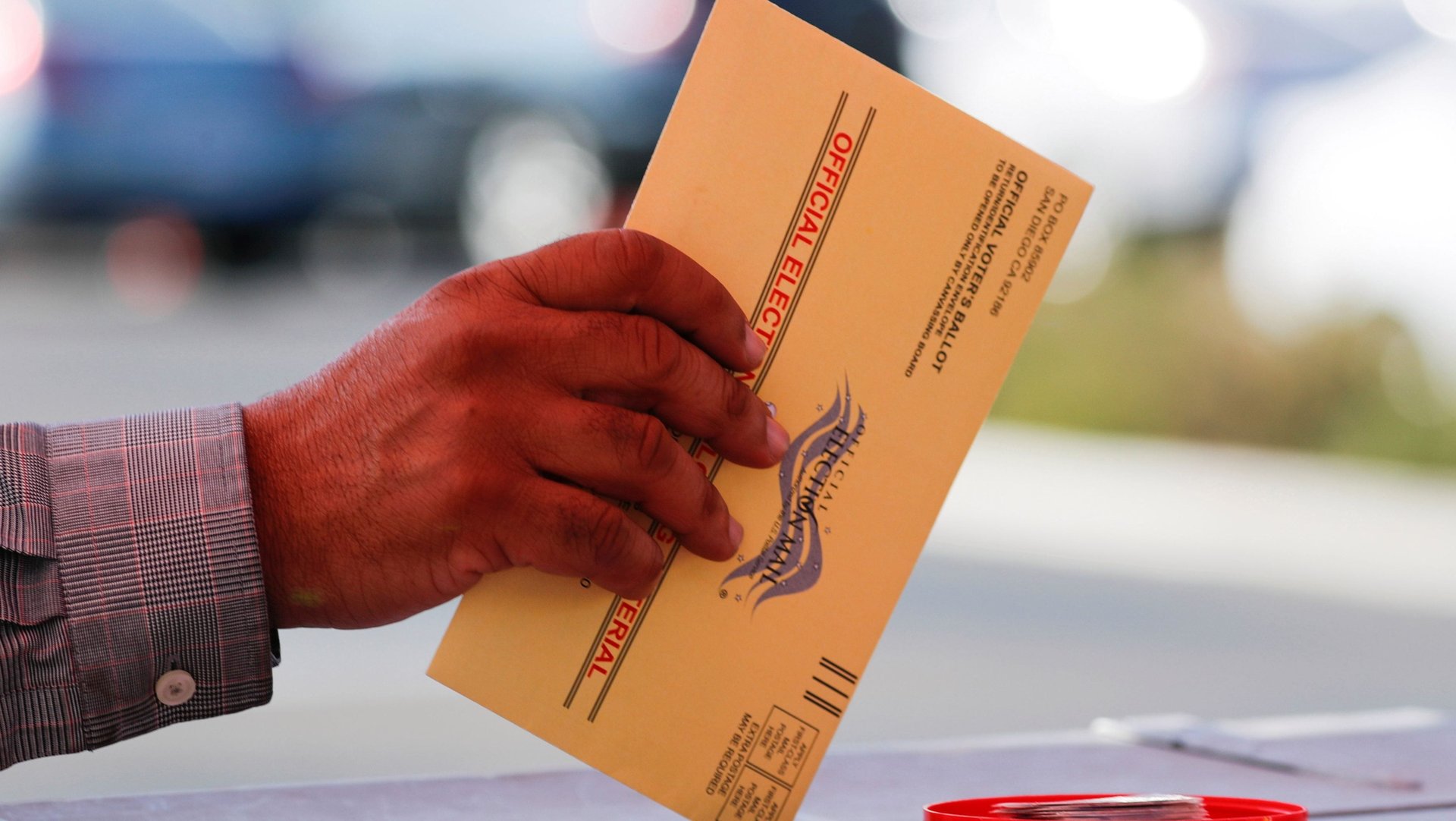Americans smashed all previous records for early voting in the 2018 midterm elections
This article has been updated with new data, and clarified.


This article has been updated with new data, and clarified.
About 40 million Americans are expected to have cast their votes ahead of today’s midterm elections, smashing previous records, according to the United States Election Project.
That’s up about 45% early turnout for 2014’s midterms, thanks to huge upticks in early voting in some states with extremely competitive races.
More voters have voted early in Texas—4.9 million—than voted during the entirety of the last midterms in 2014 (4.7 million), as incumbent Ted Cruz faces Democratic challenger Beto O’Rourke for Senate. The same is true in Nevada, where 554,000 have already cast votes, up from 552,000 in the entire 2014 midterm election; Nevada is considered one of the “tipping point” seats that could flip the US Senate from Republican to Democratic.
And Iowa exceeded its 2014 early voting total, despite taking 10 days off of the early voting window; Democrats are trying to oust Representative Steve King there, who has been spouting racism and homophobia.
The project is run by Michael McDonald, a University of Florida professor, who together with market research firm Edison Research makes predictions about overall voter turnout that are used to forecast the result of races country-wide. The current predicted turnout, which was last adjusted on Nov. 4, is 105.5 million votes, or 44.8% of the total voter-age population.
Some Democratic strategists believe that the big jump in early votes could point to a larger-than-expected “blue wave” for Democrats, while others warn against making any such predictions. Nate Silver of FiveThirtyEight doesn’t use early polling data at all to make forecasts, considering it unreliable.
The chart in this article has been changed to reflect more accurate data from the US Election Project.